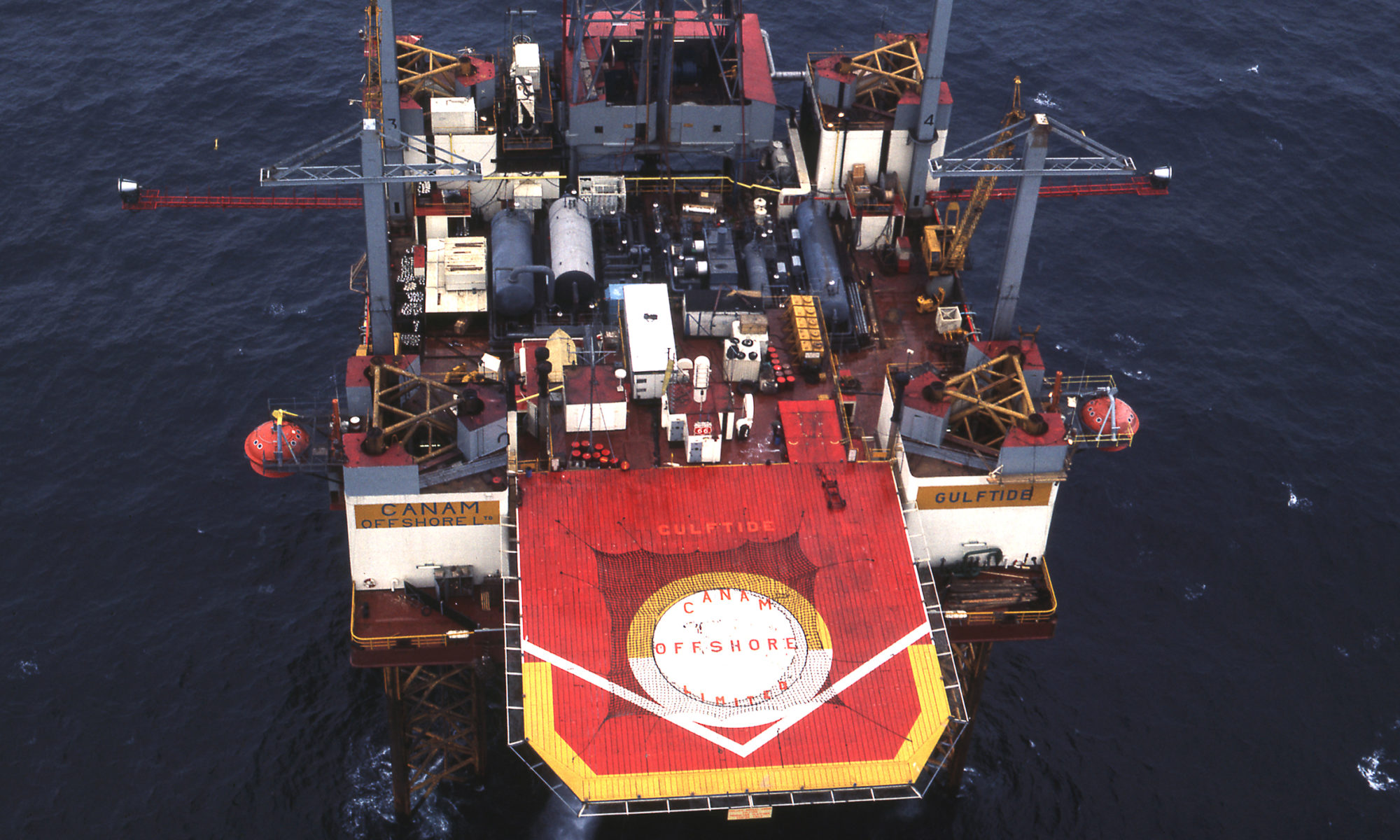Application for trial production

On 3 September 1970, the Phillips group according applied for permission to start test production from the field.
The company was keen to achieve a speedy development of the field for both technical and financial reasons. A rapid start to production would bring in revenues which could fund further investment. From a technical perspective, it was important to lay the basis for the best possible permanent development.
Where the trial phase was concerned, finding an available jack-up platform which could be converted quickly into a temporary production unit represented the key requirement. The choice fell on Gulftide.
Furthermore, four wells had to be completed by installing production tubing and fitting them with seabed control valves – in other words, a subsea development.
These four producers would then be tied back by flowlines and umbilicals (control cables) to a single point before the united wellstream was raised to the platform’s topsides.
Gulftide was to equipped with a separator, manifolds, piping and pumps to process the oil and gas from Ekofisk ready for disposal.
The oil would be pumped through two flowlines to large loading buoys, where shuttle tankers could connect and take on the crude through floating hoses. A flare on the rig would burn off the gas.
Phase two of the development covered the central Ekofisk Complex, with four platforms supported on steel jackets – FTP, Q, C and P, a flare stack and the concrete Ekofisk tank. In addition came the outlying A and B production platforms.
Before any pipelines were in place, the four wells from the test phase would be tied into the permanent platforms. Flowlines were to run to the loading buoys from the FTP facility.
Landing optionsThe Phillips group enters into construction contracts
